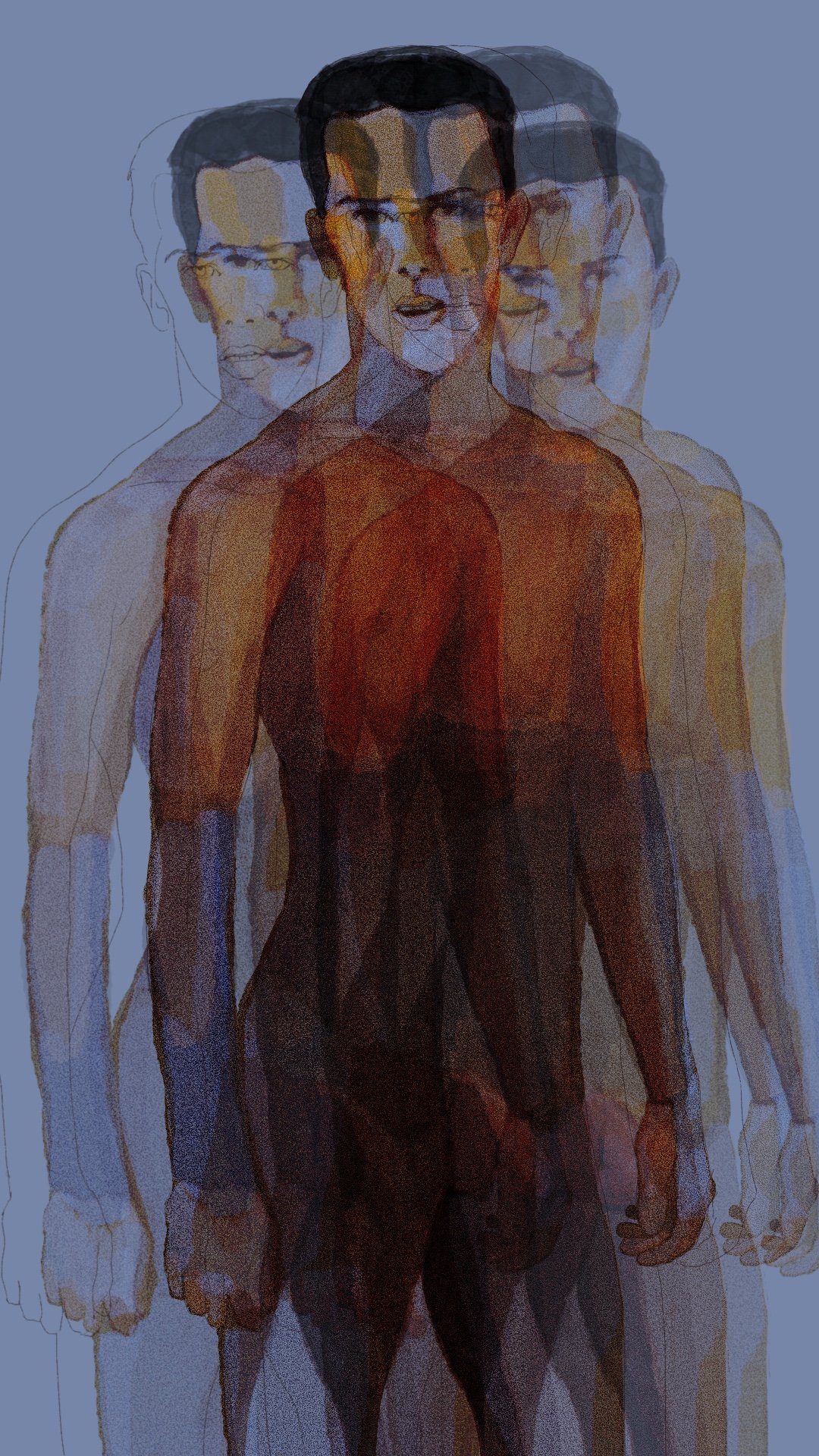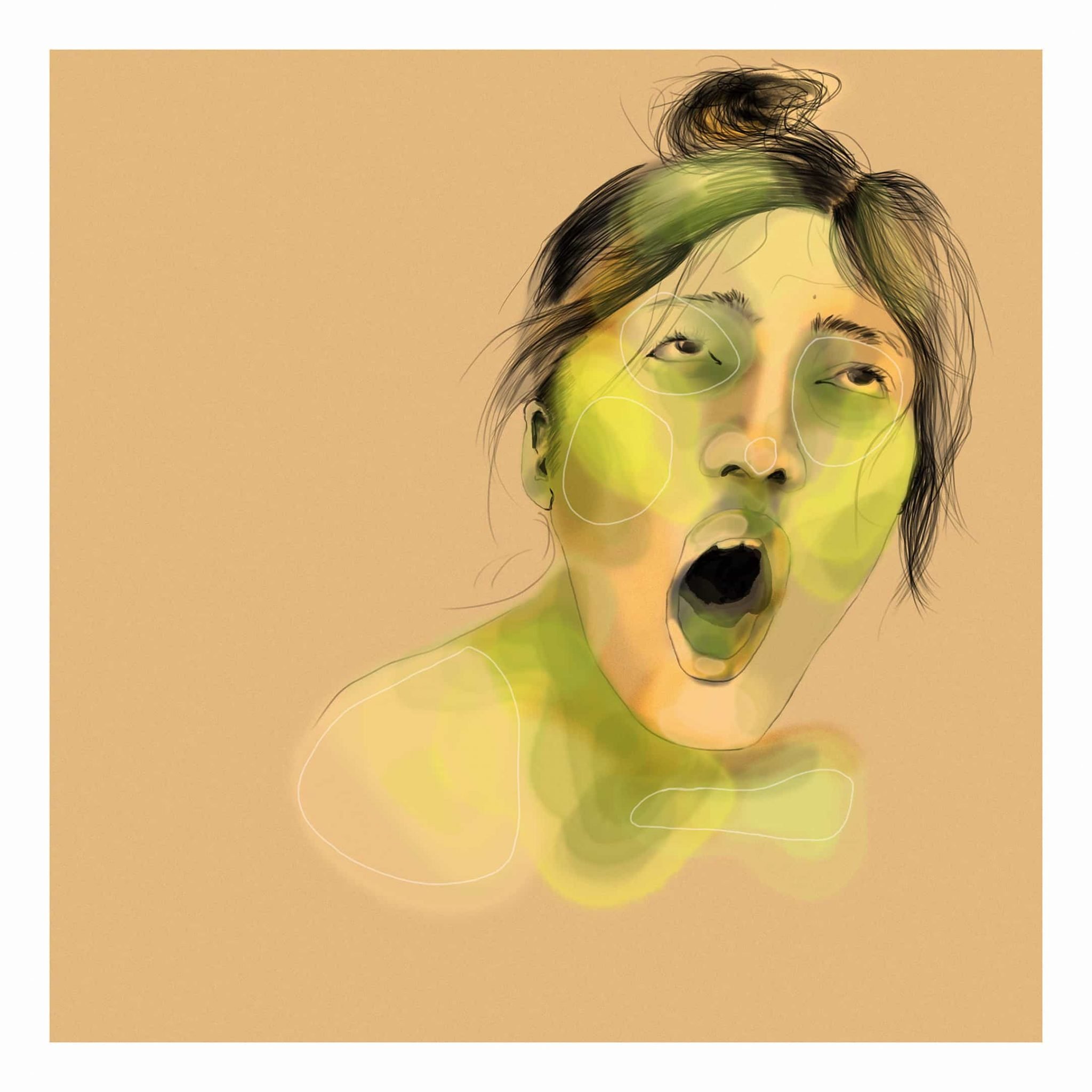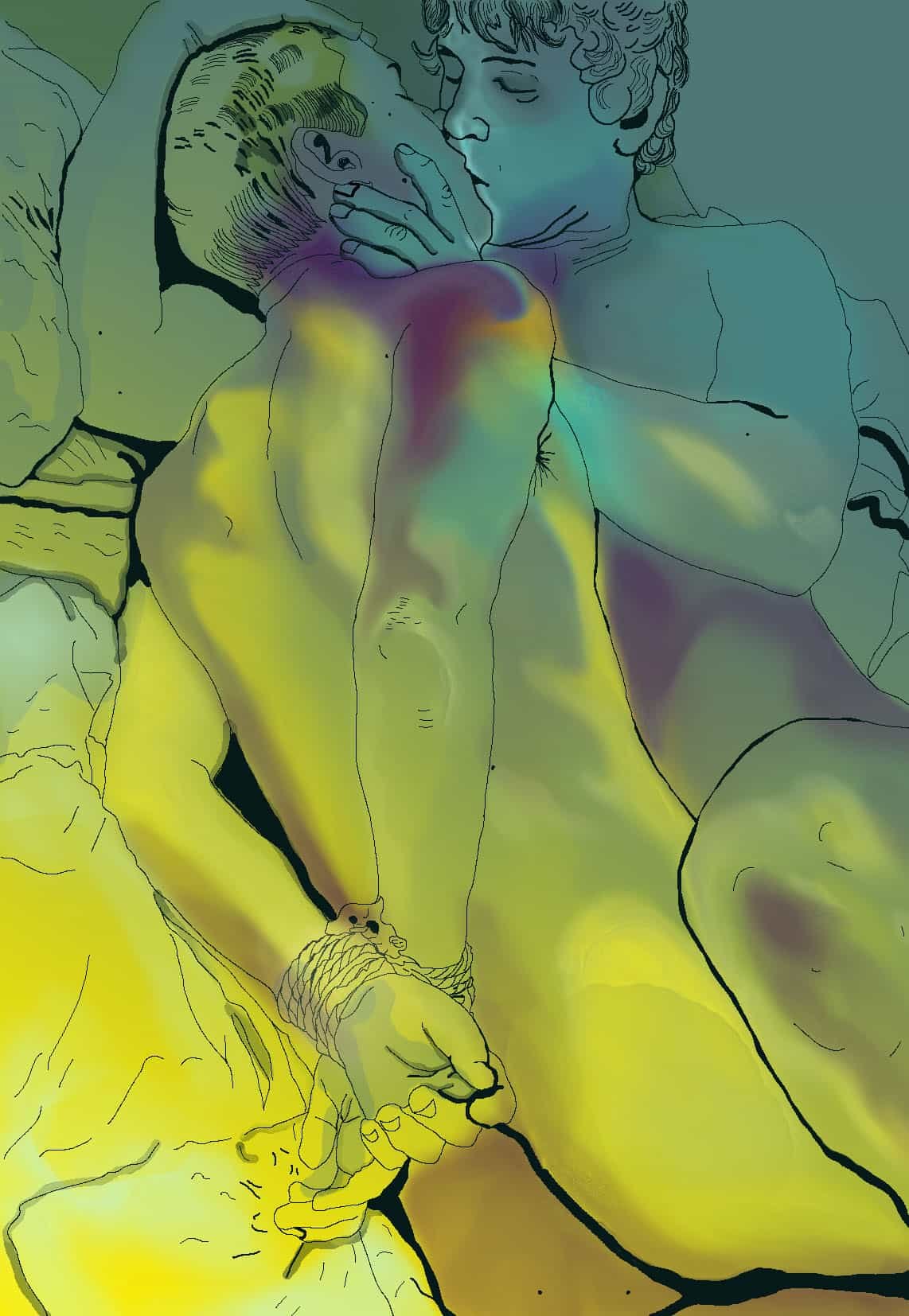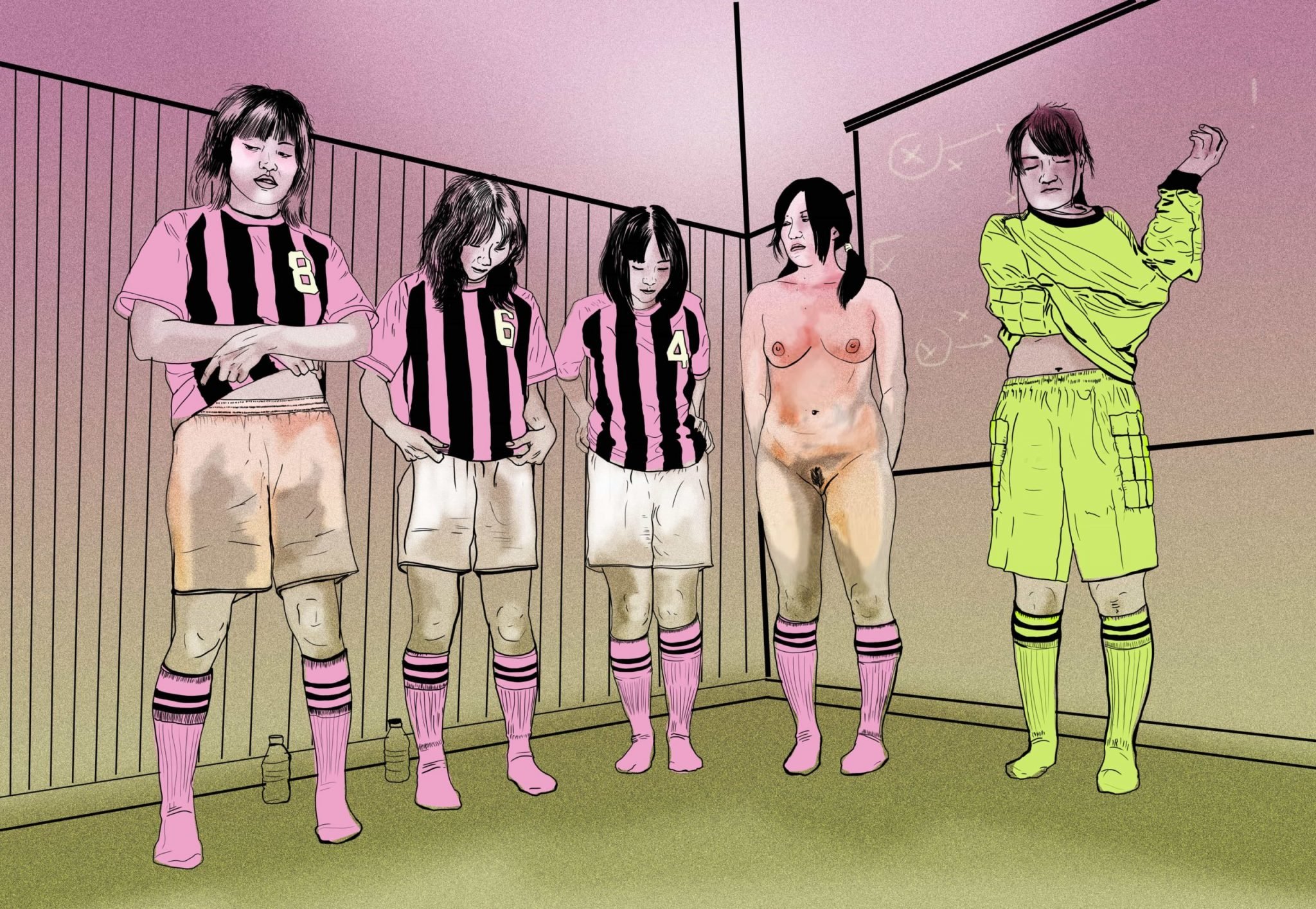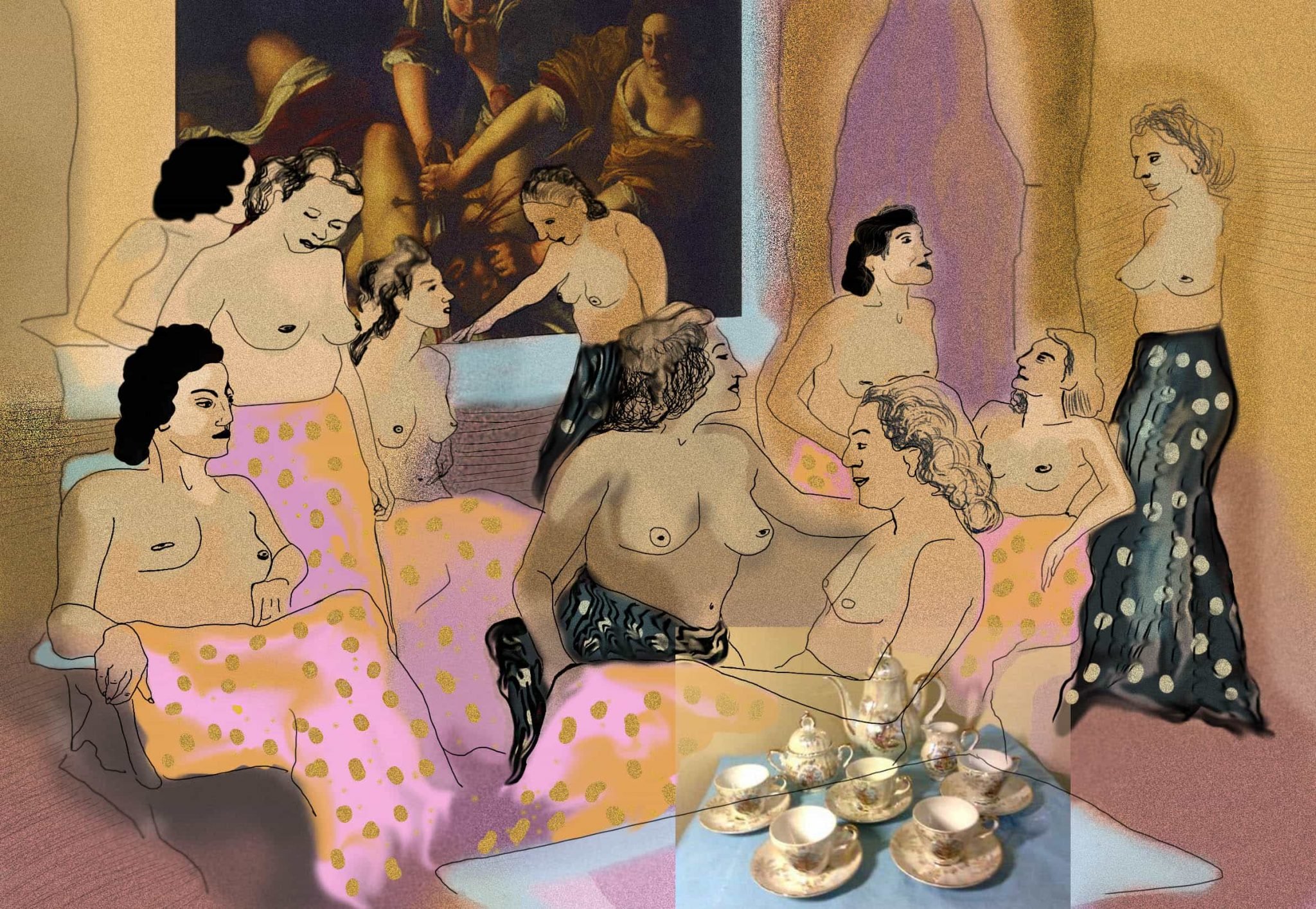ARTIST INTERVIEW: Florencia Magallanes
Tell me about yourself. What inspired you to pursue a career in art?
I think I have always been curious and creative, very naturally. I grew up in a home where art was not part of our everyday lives, it was something we thought was reserved for special people, geniuses or masters; especially when it comes to visual arts. There wasn’t much information at hand for me about this universe. I got my first art history book when I was a teenager, by chance, and was completely mesmerised by it. It felt like a pivotal moment.
Later on in life, I analysed that even though art education was not part of my life growing up, creativity was, indeed. My father was always building stuff from scratch, including our own house, and my mother would create recipes to feed her three children. My parents encouraged my imagination and taught me to create my own worlds with whatever was around, and they always respected playing as a serious way of learning, allowing me to experiment and make a mess. I believe that the desire to create my own little worlds as an adult, inspired my to pursue a career in arts.
You have said previously that you are very observant of your surroundings. Why is this an important quality to have as an artist?
I don’t know if that’s an important quality for all. There are so many ways of approaching art making. It is important for me though, and it’s also something that I cannot control, it’s a particular aspect of my personality. I do feel that it’s important to speak from the things we know, the times we live and the things that matter to us.
Capturing human emotions is at the core of your work, what fascinates you about psychology? How have you been able to portray vulnerability through your work?
I’m curious about the human mind because I don’t understand mine, primarily. I’m also curious about the unsaid and how we relate to each other in society. Psychology tries to unravel these in order to make the human experience more rich and less painful, it gives you tools to understand yourself and the world, just as art does.
I think I’m able to portray vulnerability by avoiding unnecessary pleasantness and focus in rawness, digging in unconventional ways of expressing universal subjects like sexuality or human emotions.
How does our chosen medium reflect the narrative?
Digital tools, like the iPad I use for my drawings, allow me to make many different versions of an idea and to work comfortably with error. I think those two aspects of it give me enough freedom to explore themes that are naturally vast and complex. Been able to produce a lot in a short time feels like a true invitation to get obsessed, to dive into the many layers that the subjects I care about have to offer.
Where do you find your inspiration? What do you look for in a potential subject to capture?
I work with people that I know and with random people I find on the internet. When I get to work with people that I know, I have more control of how to reach the idea by giving guidance on how to pose or how to act, but I have to let room for their own expressions and ideas too. The dynamic results in a dialogue and the original idea, usually gets diversified quickly into something else, sometimes completely opposite from the beginning.
When it comes to working with images taken from the internet, I don’t have feedback, which can mean more freedom or just loneliness of thought. It’s just me and a given image.
I care about composition, so I look for dynamic poses. It’s also very key to my work to show “non conventional” beauty, but other than that, I think the selection of the subjects is very instinctively and it changes from time to time depending on what I’m focusing on in that moment.
Thinking about your ‘Ideas About Masculinity’ series, your intention is to, ‘change the mainstream narrative that presents masculinity as a dominant force’. How have you been able to express this call for change through your work?
In “Ideas about masculinity” I try to bring light into vulnerability and awkwardness more than anything. When we think about sexuality and how men have been portraying themselves as heroes, as protagonists and deservers of desire for centuries, and left women as a more muted being, desirable but not desiring, it makes me think that this is just possible by not addressing the susceptibility within sexuality as a whole. And of course, by dismissing women’s views.
In my series, I try to construct a female gaze, firstly by assuming that I too have inherited the male gaze as the only way of understanding sexuality and the representation of the human body. Secondly, through deep introspection I ask myself what I find appealing in men and how those things are more complex than we’ve set to understand.
The call for change, as you mention, I believe is through composition. Basically, what things are highlighted and what are not. I cannot be sure if this is always achieved but, I try my best to, for instance, show more awkwardness than genitalia.
How are you present in your own artwork?
I think I’m always present in some extent. I like to work with self-portraits sometimes as a way of easily resolving an idea without having to work with other people. I just play as the character I’m needing. My body is another tool, I’m always the most proximal person available and I’m comfortable playing dress up or undress when the idea is worthy. Rarely my self portraits are a truthful reflection of myself.
I also enjoy leaving some sort of “personal” reflexions through the titles, sometimes humouring about recent difficulties or internal jokes that few people would get.
Why do you think art is important in society?
I think we cannot think of one without the other. It’s a chicken or the egg situation.
Art can be chaos or order, it does many things that sometimes seems so opposite. For example, it can be just entertaining and distracting from the perils of society, but also help us build critical thinking.







